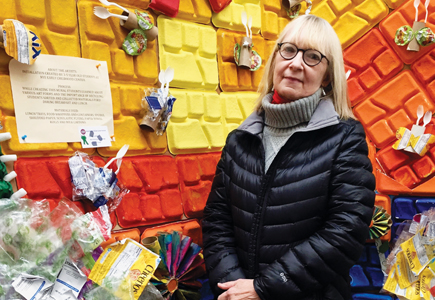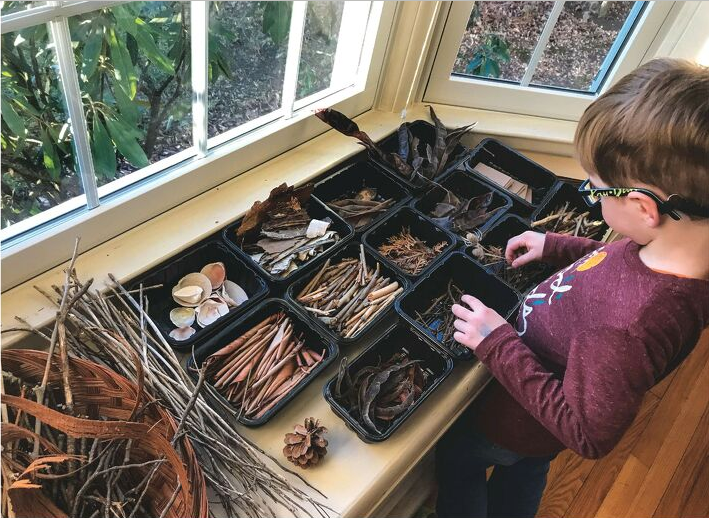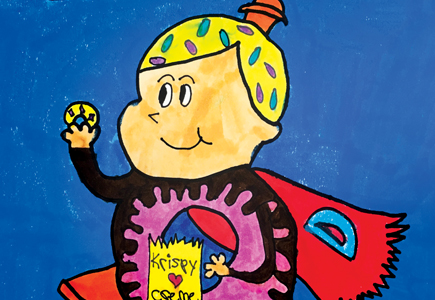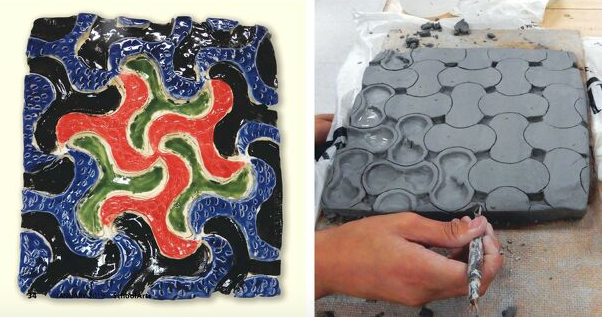
Editor's Letter: Connections
The Recycle Santa Fe Art Festival, the country’s largest and oldest recycled art market, is held at the Santa Fe Community Convention Center every November. It is dedicated to showcasing art created from discarded materials; all the art entered must be made from a minimum of 75 percent recycled materials. The festival kicks off with a highly popular Trash Fashion and Costume Contest, but my favorite part is the artwork and displays contributed by local schools. I’m standing in front of one of these displays in the photo above. I’m always amazed by the ingenuity, originality, and effort displayed in these works.
Read Article









